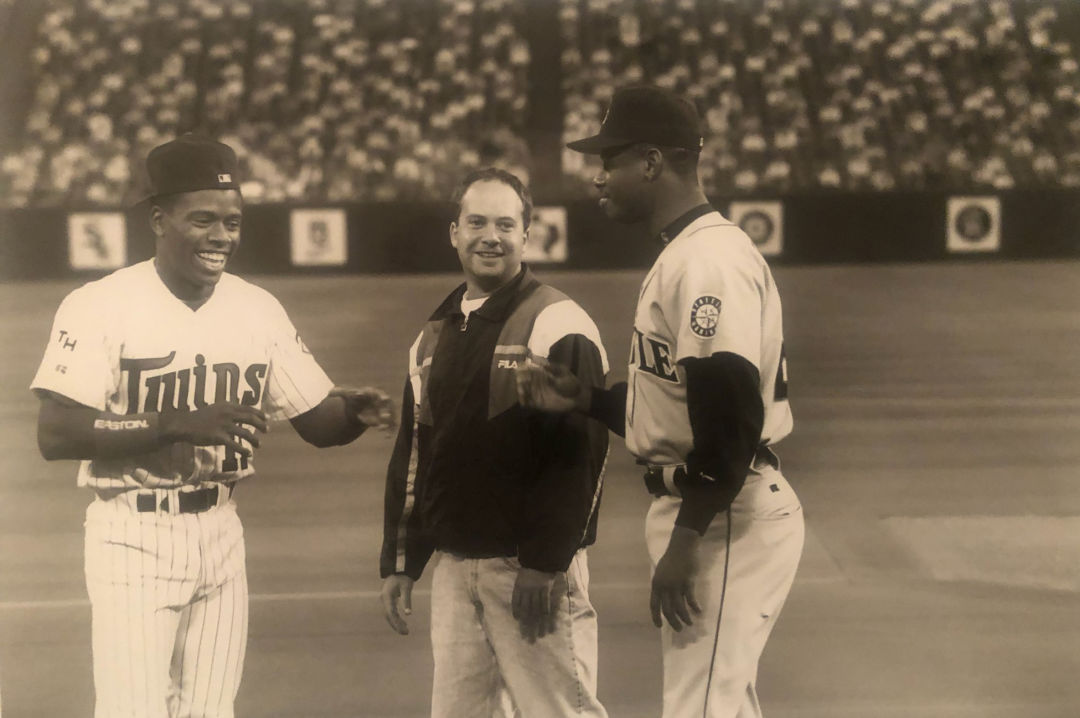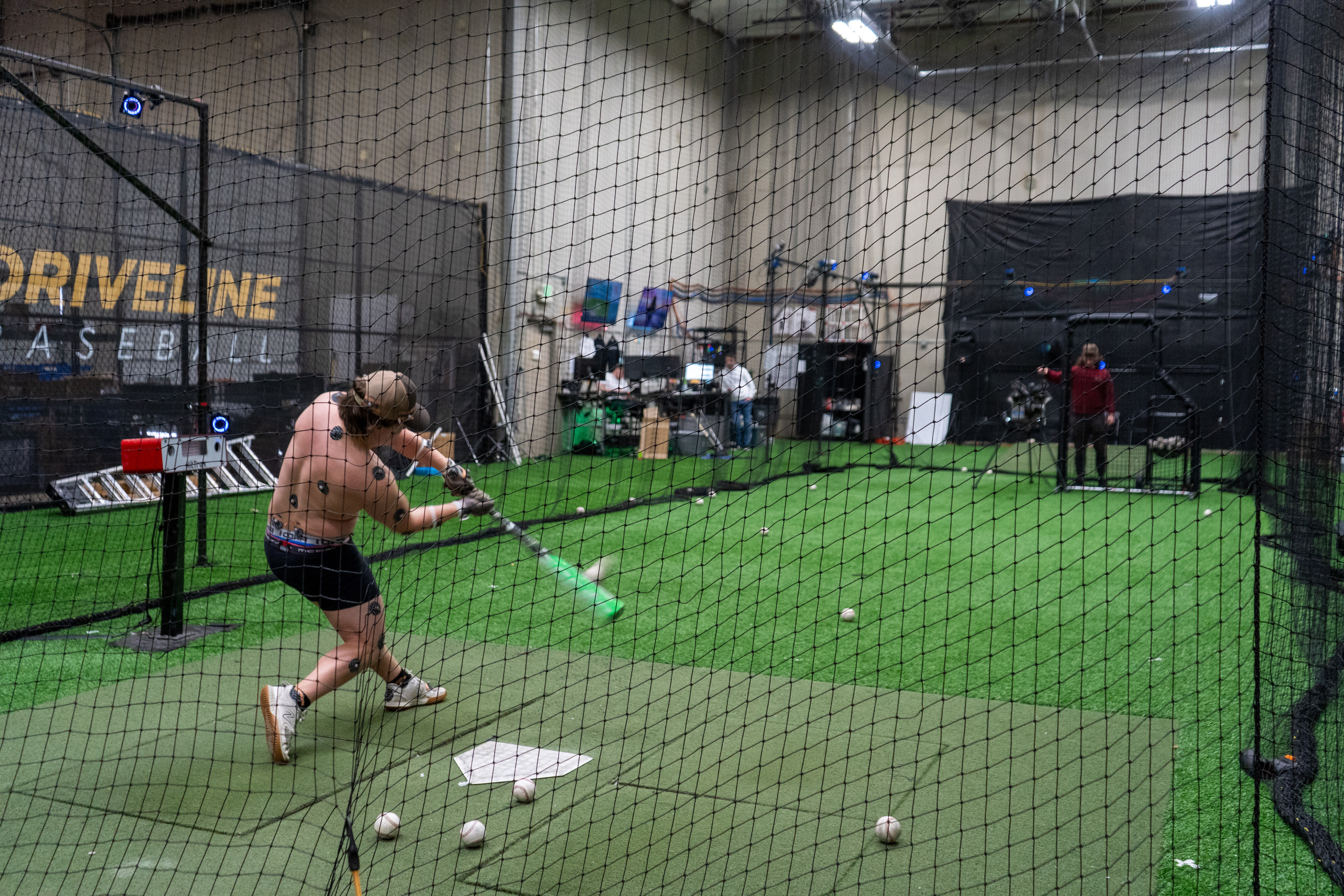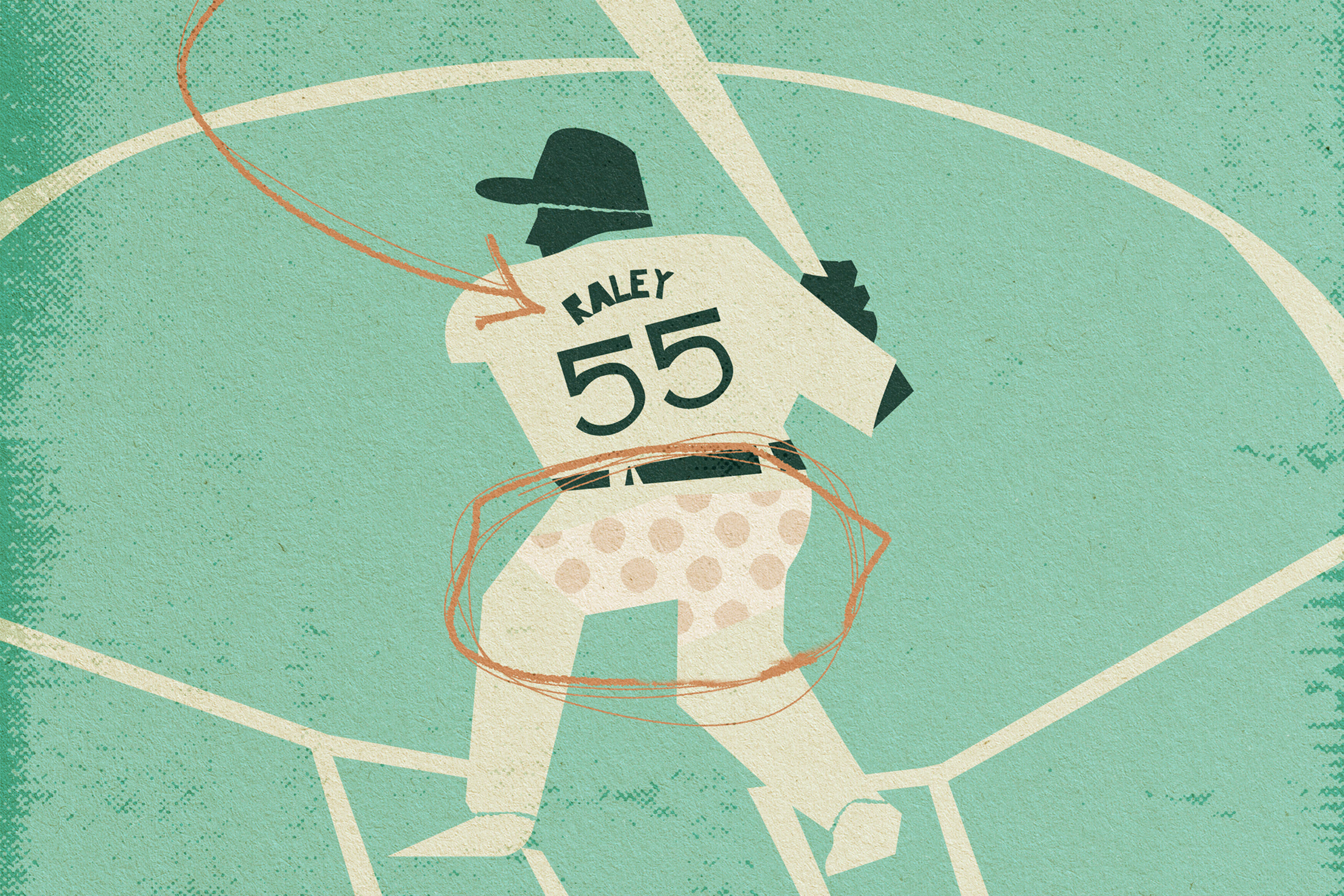Remembering That Time the Mariners Were Movie Supervillains

Ken Griffey Jr. hit his home run on the set of Little Big League with a broken bat.
Image: courtesy Adam Scheinman
It’s easy to forget precisely how awesome— and aspirational— the ’90s Seattle Mariners were, even to people outside of Seattle. Case in point: Before they ever made the playoffs, the M’s became Hollywood supervillains.
All thanks to Little Big League, the 1994 baseball cult classic movie about the Minnesota Twins and its 12-year-old owner/manager Billy Heywood—who collide with the iconic real-life Mariners in the film’s climactic final scene, a 12-inning, winner-take-all wild card game epic.
Shot over multiple days immediately following the 1993 season at Minnesota’s Metrodome, the film has stood the test of nearly three decades. Despite grossing only about $12 million, it received a rave review from Roger Ebert, featured an Oscar winner (Jason Robards, as Billy’s grandfather and original Twins owner), and showcased some surprisingly good cinematic baseball. And the Little Big League ending in particular serves as an everlastingly fun (and tense) time capsule thanks to both Ken Griffey Jr. and Randy Johnson at the peak of their powers—alongside cameos from manager Lou Piniella and first baseman Dave Magadan—all of whom help create the perfect five-minute crescendo of nail-biting nostalgia.
But it almost never was, as the part was initially written for Oakland A’s legend Rickey Henderson.
“Griffey was the dream, but we thought, Nah, he’ll never do it,” recalls Little Big League co-writer Adam Scheinman. Griffey, Scheinman thinks, was possibly encouraged by his grandmother to act in a movie someday.
The Seattle legend’s time on screen is packed with a mixed bag of gems: a home run, a home run robbery, and an arrogant verbal declaration that he would steal second, third, and home in succession before eventually getting picked off in an outlandish hidden ball trick, all while trading dueling winks with Twins shortstop Pat Corning (played by MLB veteran Kevin Elster).
Not surprisingly, the stories of Griffey’s greatness (and goodness) on set are plentiful, too. There are the superstar moments you’d expect, like a perfectly captured low-angle camera shot of his smooth lefty swing launching a ball over Hubert Humphrey’s infamous right field wall known as “the Baggie.”
Which of course he did with a broken bat.
“I could see there was a little hairline crack in the bat,” said actor Timothy Busfield, who played Twins first baseman Lou Collins, in a 2020 story by Bally Sports. “I go, You need another bat! And he says, ‘No, that’s okay.’”
“And action! He hits the next pitch out with a broken bat in the right section, exactly where the director wanted it. Two swings, two balls in the upper deck. Like he was playing pepper. He had that kind of control. It was stupid.”
Or the film’s climactic tracking shot of Griffey chasing down—for what feels like forever—a deep fly ball to end the game. The production team had to use a small flatbed pickup truck with a camera on the back because Griffey was too fast to film with their typical rig setup.
And there were smaller moments of Griffey goodness, too. He signed autographs for everyone on the set. He gave actor John Minch one of his signature double-lacquered bats. And he even christened Luke Edwards (the 12-year-old who starred as Heywood) with a shaving cream pie. Equally impressive was his willingness to take direction and play what felt like a caricatured version of himself, complete with absurdly slow home run trot, subtle bat-flip and aforementioned wink, which feels even more like a leap of faith in light of the carefully curated public personas of today’s sports megastars.
“He allowed himself to look bad,” Scheinman says. “He gets beaten by a trick play, has kind of the bad guy attitude. But he was great. Not to use a pun but he never ‘big leagued’ it at all—he was just great.”
One person who likely was not having as much fun, for at least one moment on set, was Busfield, as he was tasked with having to step into the box to face Johnson (who stalks to the mound from the bullpen for the film’s final out, foreshadowing his historic 2001 World Series relief appearance years later with the Diamondbacks).
Worse still, Busfield was asked to hit from the left side, despite being a right-handed hitter, during a time when the Big Unit also happened to be one of the wildest pitchers in baseball, leading the American League in walks from 1990 to 1992, as well as hit batters in 1992 and 1993. Tall task, to say the least. Busfield saw 15 or so pitches, and scuffed a few—before finally making contact on a grounder.
In Busfield’s defense?
“He did stand in against Randy Johnson,” Scheinman says. “A lot of guys wouldn’t have done that. It was ballsy, even if he was throwing 90 instead of 99.” But in the Hollywood version of Busfield at bat, he blasted a towering fly ball to the warning track (having just proposed to Heywood’s mom moments earlier) only to have the potential game-winning home run tracked down and snared by a soaring Griffey at the center field wall, to end the game.
And in a flash, a sea of M’s extras charged Johnson at the mound, jumping for joy at the fictitious ALCS appearance, and making the LBL production crew a little panicky in the process.
“We were scared to death when all the guys were jumping on Randy celebrating at the end,” Scheinman says. “Like, Oh god, I hope he doesn’t get hurt. That was not supposed to get as rowdy as it did; they got a little carried away.”
Who could blame them? After all, it’s easy to forget that back when Little Big League was shot in 1993, the Mariners had yet to make a playoff appearance in franchise history and had recently flirted with moving to Tampa Bay, while posting a losing winning percentage during Griffey and Johnson’s first five seasons, despite Griffey’s four straight All-Star nods.
In that context Julio Rodríguez, Luis Castillo, and company are already ahead of the game, with a playoff series win last year, and their 2023 hopes still alive (not to mention, J-Rod already acting on a semi-regular basis). So maybe, Little Big League is just a reminder for the current team to stay loose, have fun, and trust the process the way Griffey’s M’s did in 1995. Or maybe, all this current team needs to get over the ALCS hump is a movie star turn of their own.
Little Big League 2, anyone?




